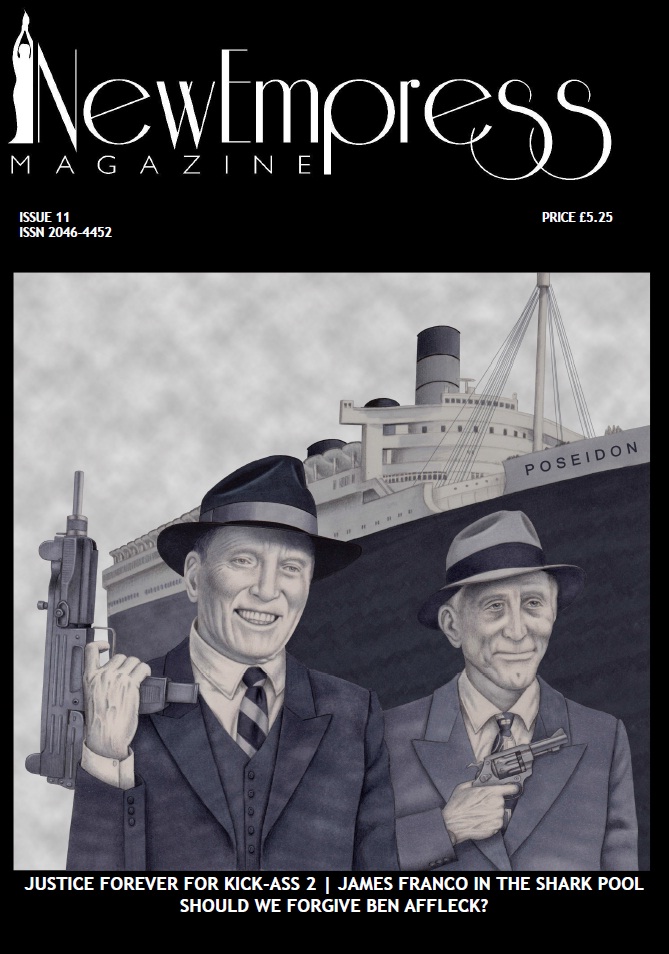
Even before Vertigo (1958) dethroned Citizen Kane (1941) from its half-a-century reign atop Sight & Sound’s decennial “best ever” poll, it was already a good year to be an Alfred Hitchcock fan. Following the BFI’s announcement last summer that the master of suspense’s nine surviving silent films were going to be restored, 2012 was high on promise to devotees.
It’s as good a time as any. With firstly the long weekend of the Queen’s Jubilee and now the full-on throngs of the Olympics extending celebratory and compensatory escapism to masses of people worldwide, London – Hitchcock’s place of birth – is, as both a city and a subject, hot stuff.
Born in its East End, in Leytonstone, Hitchcock remains one of London’s finest cinematic exports, and though he made his most well-known – and arguably strongest – films in Hollywood, he never forgot the influence the capital had on him. It features strongly in his early films. In The Lodger (1927), subtitled A Story of the London Fog, the city is a stifling and hysterical place that thrives on suspicion and premature demands for justice. Blackmail (1929), meanwhile, contains the first real Hitchcockian set-piece, exploiting a recognisable landmark, the British Museum – for its climactic chase sequence.
After three decades working in Hollywood, Hitchcock returned to London for his penultimate project. Celebrating its own 40 th anniversary this year, Frenzy (1972) is an adaptation of Arthur La Bern’s 1966 novel Goodbye Piccadilly, Farewell Leicester Square, and updates the dark elements of its director’s 1920s features with a keen sense of familiarity. What better way for a master to gauge both changes in the zeitgeist as well as his own aesthetic development than by revisiting old territory?
Frenzy is the only Hitchcock film to have been certified by the BBFC as suitable only for 18s and over, surpassing even Psycho (1960). The elongated rape/murder scene that marks the end of its first act is arguably the most sexually and violently explicit in all of the director’s work. It’s a ruthless way to wrong-foot one’s audience: up to this point, we’ve been led to believe, through associative editing, that Richard Blaney (Jon Finch) is the man strangling women with neckties. As it turns out, the villain is Robert Rusk (Barry Foster).
In the novel, the wrongly accused is called Blamey (“blame me!”), who suffers a guilt complex because of his participation in the Dresden bombings during the war. Avoiding a similar period setting, Hitchcock and scriptwriter Anthony Shaffer opted for a contemporary London, allowing the real grit and bustle of a location shoot to fully emerge.
As with nearly all of Hitchcock’s later work, there seem to be longer-than-usual passages here in which nothing much seems to happen. Oddly, though, this makes specific moments all the more memorable. Two to note: that slow, grimly silent descent the camera makes from another would-be rape scene, out onto the busily oblivious street outside; and the macabre scene in which Rusk sifts through potato sacks to retrieve a tiepin from the hand of a corpse he’s just buried amongst them. Between them, these moments point to both a technical precision and a playful wish to toy with one’s audience.
As if to offer some mission statement for the film’s dark sense of mischief, Hitchcock’s own cameo occurs during the opening scene. His unique profile can be spotted, beneath a bowler hat, in the foreground of a packed frame of gossiping onlookers, who are horrified and intrigued by the discovery of a naked female corpse floating in the Thames. Grisly becomes humorous: the corpse has deferred attention away from the politician who’d been rambling to the gathered crowd until that point. Such wit is made all the more cutting by the preceding opening credits, a swooping procession through the postcard splendour of Tower Bridge. Hitchcock’s London, beneath the screen of well-known landmarks, is deceptive and treacherous, leaving one only to wonder what he might have made of the all-out pomp of the Olympics’ opening.

















